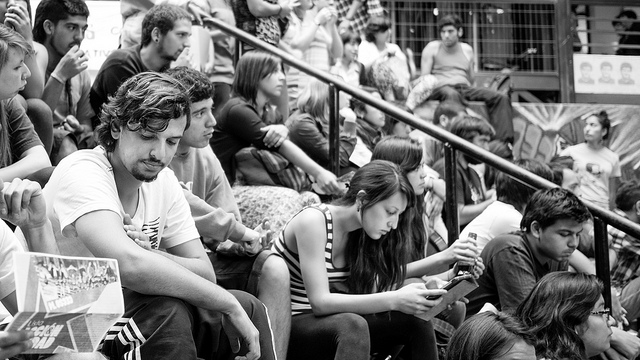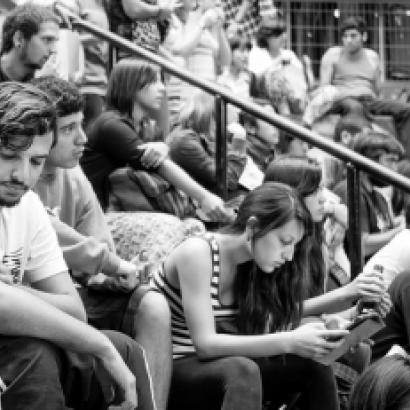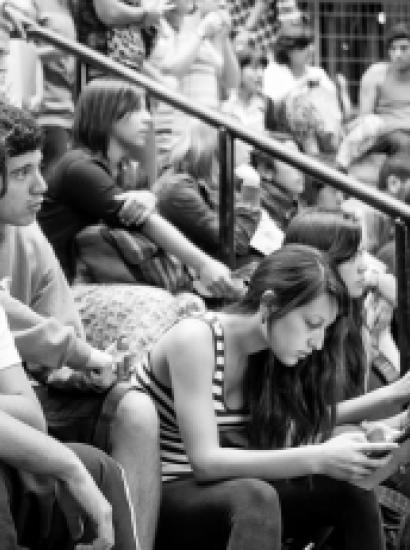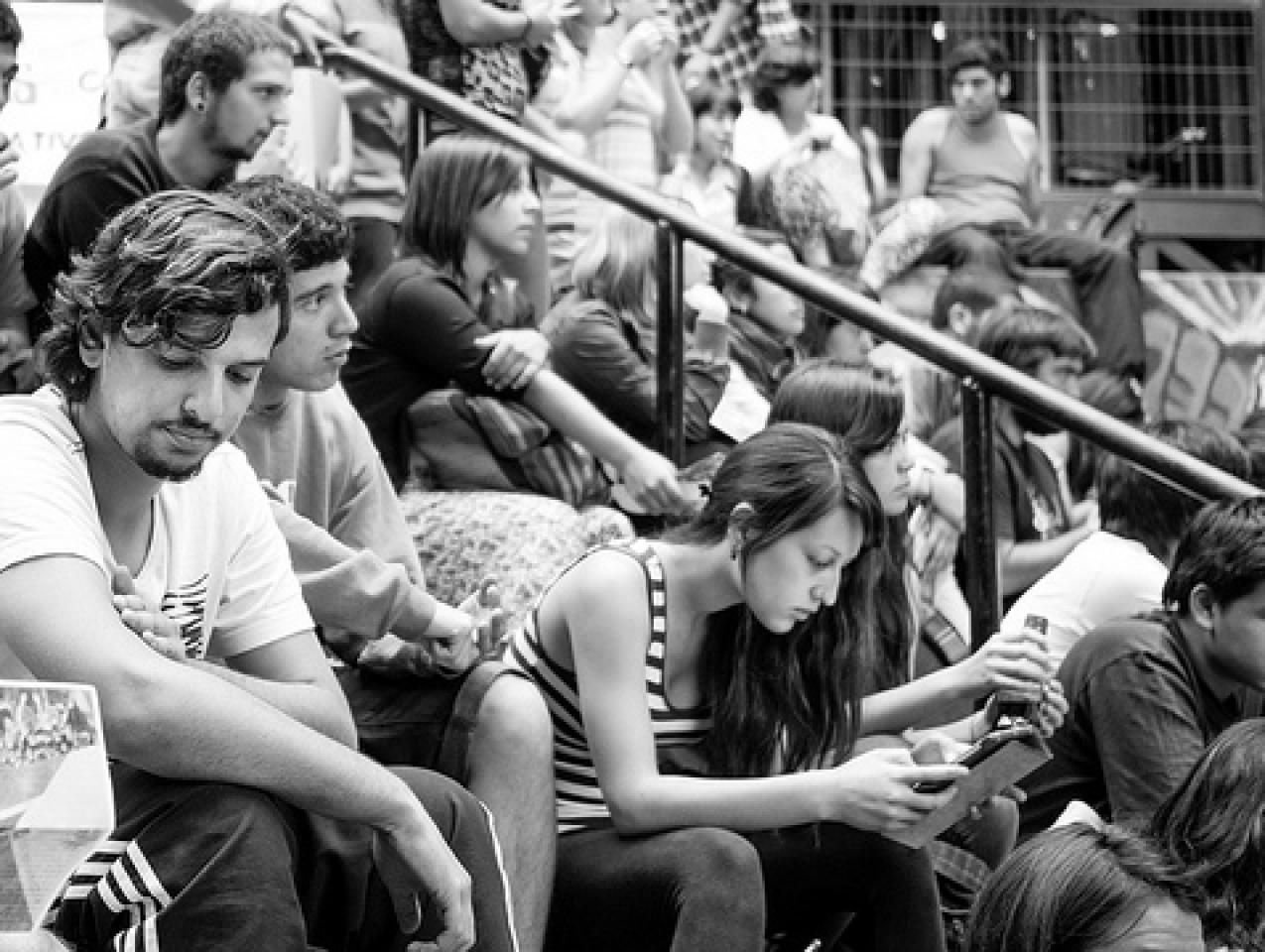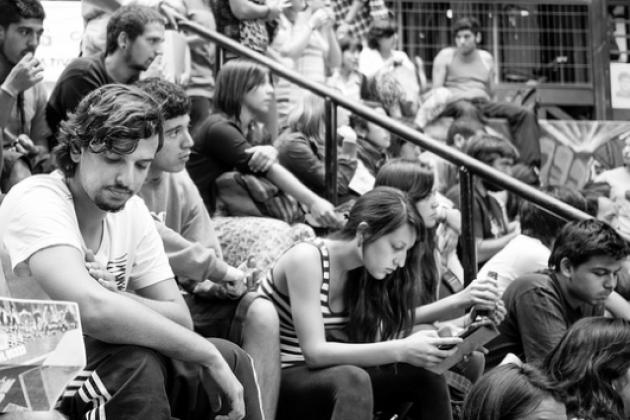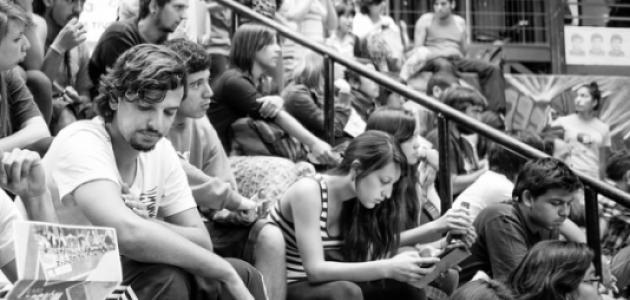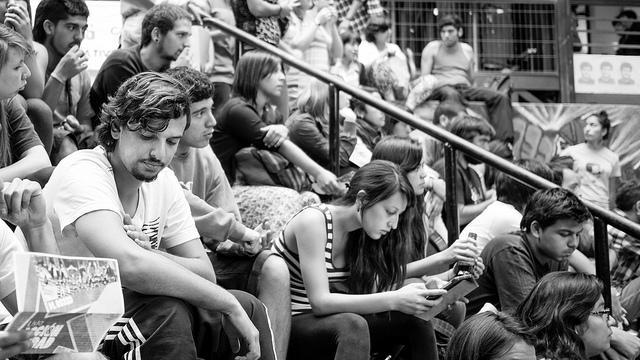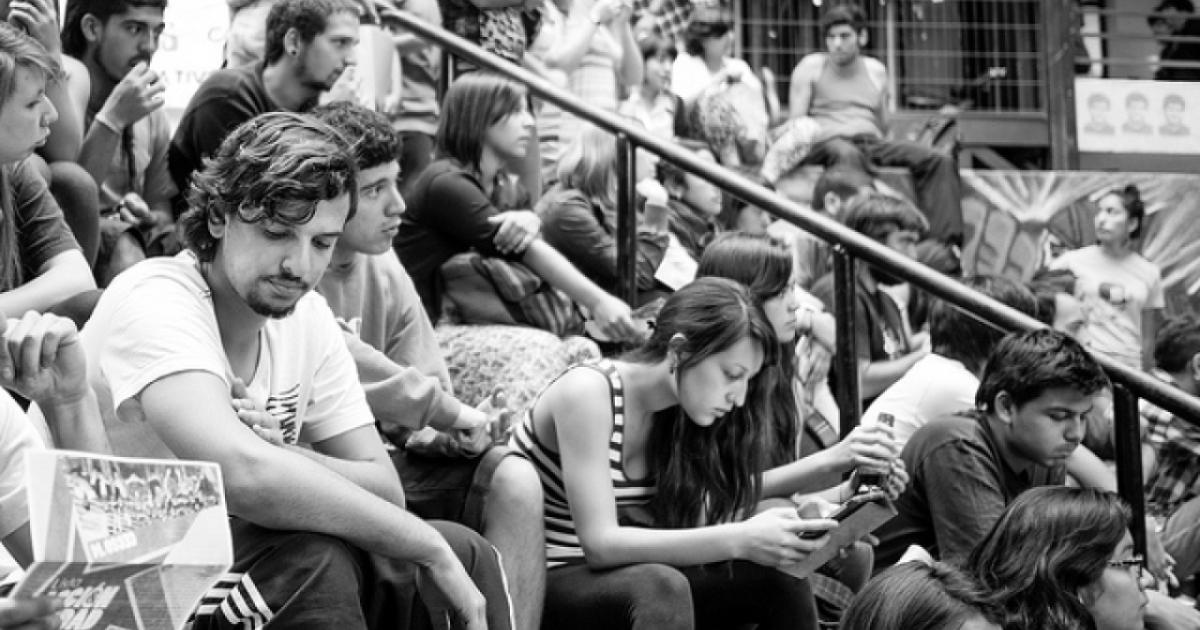- Education
The oxymoron “Cry-bully” has become a popular way to describe the schizophrenic contemporary college student.
Today’s students, especially on elite campuses, pride themselves for being cultural warriors. They are determined to make their college experiences referenda on the alleged race, class, and gender inequities of American society more broadly. In pursuit of that noble end, they feel they are entitled to use almost any means necessary to raise social awareness about perceived injustice.
At Rutgers, activist faculty and students succeeded in having Former Secretary of State Condoleezza Rice withdraw from her invitation to give the commencement address on grounds that she—like Hillary Clinton and Joe Biden—supported the Iraq War. At Yale, students cursed out a professor and demanded he apologize for being unsympathetic to campus hypersensitivity over child-like Halloween costumes. At Missouri students and faculty use strong-arm tactics to muscle out any bystander deemed counter-progressive. In 2010, student journalists at the Sanford Daily, in an unsigned editorial, called for the Hoover Institution to “repudiate” me because I had written a column noting that the criteria for, and protocols of, affirmative action had become so arcane, cynical, and Byzantine at most campuses that it was almost impossible to identify who—or why one—qualified for special ethnic, racial or gender consideration.
Deliver a college lecture that includes the Israeli perspective on Middle-East tensions, question the Ferguson “hands up, don’t shoot” mythic narrative, or entertain views contrary to the idea of apocalyptic man-made global warming, and one is likely to be labeled by campus activists as a colonialist, racist, or enemy of the environment deserving to be silenced for the greater good. The end of civil liberties on campus is coming about not suddenly with an authoritarian bang, but insidiously with an egalitarian whimper.
Though campus warriors appear to be hardened would-be revolutionaries, they are more accurately defined by their faint hearts. At Brown University, students claimed that they were traumatized by the inability to square the circle of being full-time social activists and full-time students, and therefore became depressed and stressed out—driving them to counseling and anti-depressants. According to one student, “There are people breaking down, dropping out of classes and failing classes because of the activism work they are taking on.” Throughout the year, this student has worked to confront issues of racism and diversity on campus. His role as a student activist has taken a toll on his mental, physical and emotional health: “My grades dropped dramatically. My health completely changed. I lost weight. I’m on antidepressants and anti-anxiety pills right now. Counseling and Psychological Services counselors called me. I had deans calling me to make sure I was okay.”
The Daily Targum, the campus newspaper at Rutgers, complained that after conservative gay activistMilo Yiannopoulos spoke, students had to receive therapeutic support. One student, the Targum reported, “broke down crying” after the event. Another felt “scared to walk around campus the next day.” “It is upsetting that my mental health is not cared about by the University,” reported a student at the event. “I do not know what else to do for us to be heard, for us to be cared about. I deserve an apology, everyone in this room deserves an apology.” Rutgers offered support to wounded students from its Psychiatric Services, the Office for Violence Prevention and Victim Assistance, and the Rutgers University Police. A definition of the modern cry-bully might be the student who “broke down crying” trying to make a speaker do the same.
Are today’s students, then, brave reformers or fragile hothouse campus plants? Do they want to wade into freewheeling debate and battle all ideological comers, or do they insist on being protected by surrogate faculty parents, who must provide them the same cozy emotional embryos that they enjoyed in junior high school?
Ostensibly, contemporary students deserve some sympathy. They have incurred a collective $1 trillion in college loan debt. A cruel twenty-something stereotype has arisen of a partly employed college graduate, cocooned back at home in the basement or garage, doted on by his helicopter parents, making just enough money for easy entertainment and transportation, but not enough to make a dent in his college loans. The idea of getting married upon graduation, raising a family, and buying a home is now a distant twentieth-century legend. In fairness, an economy with near zero GDP growth, near zero-interest rates on savings, nearly $20 trillion in aggregate national debt, a record labor non-participation rate, and unsustainable Social Security and Medicare entitlements is unlike the boom times that met upbeat and well-educated English and history majors in the 1950s and 1960s.
In response to such bleak scenarios, prolonged adolescence has become the post-baccalaureate norm. As Bernie Sanders’ spread-the-wealth uprising might suggest, college youth are bitter that some people are doing better than they are. Debt-free, skilled young plumbers or electricians without college degrees have a more optimistic short-term future than does a recent graduate with a major in environmental or ethnic studies. Struggling to pay the annual interest on a $100,000 loan, while working part-time at Starbucks and interning without compensation for a local non-profit, can gobble up the entire decade of one’s twenties.
Yet visit campuses and there is almost no awareness on the part of students of why their education has proven both expensive and inadequate, much less any self-realization that their own leisured lifestyles are incompatible with the liability that they are incurring. The annual cost of education has usually risen beyond the rate of inflation in part because there are record numbers of administrators and non-teaching personnel on campuses, from diversity czars and gender counselors to exercise trainers and psychological service facilitators. Teaching loads for tenured faculty have been reduced. Non-instructional costs, from paying a speaker like Hillary Clinton $300,000 for a 30 minute chat at UCLA to setting aside “prevention centers” and “research support” for particular aggrieved groups, are not cheap.
Yet supposedly politically aware students are not protesting over the crony-capitalist cycle of the federal government guaranteeing their shaky student loans, which further inflates the cost of education. That web of deceit is not much different from the disastrous 2008 Freddie Mac/Fannie Mae empowerment of Wall Street sub-prime loan profiteering. Then the con was airbrushed by Wall Street’s supposed eagerness to help the poor subprime mortgage holder; now, the mutual back scratching and price gouging are exempt from audit through progressive campus mission statements about fairness, equality, and diversity.
To make matters worse, college students are not even receiving a high quality education. Courses that enrich liberal education and lead to mastery of written and spoken English are often squeezed out by therapeutic “studies” courses—Gender Studies, Asian Studies, Africana Studies, Chicano-Latino Studies, Environmental Studies, Community Studies, Cultural Studies, Leisure Studies, Media Studies, and on and on. The latter courses often require less work, result in easier grades, grant psychological rewards for ideological uniformity, and provide little in terms of a classical education. For such a revolutionary cadre of students, eager to battle America’s inequities, students have almost no interest in demanding a quality education at a reasonable price.
One of the most exploitive hierarchies in the modern American workplace is the juxtaposition between tenured full professors and the legion of part-time lecturers with PhDs. Often, the two groups teach the same classes but at widely different compensation levels—regardless of seniority, the quantity and quality of publication, or peer and teaching evaluations. For a galvanized student body that is quick to damn Walmart or McDonald’s for labor disparities, the silence of students about the inequality in their midst is deafening. Nor is there student appreciation of why tenured faculty are so often the catalysts for student activism and protests, rather than hoi polloi of part-time lecturers, campus maintenance workers, or office staffers.
Are today’s students, then, aware adults or coddled adolescents? The ubiquity of drugs, alcohol, casual sex, profanity, and coarse invective might suggest that most are seasoned bohemians. Unfortunately, often such physical worldliness is a thin veneer for students who prefer it both ways: to indulge the appetites of their free-spirits and also be sheltered from ideas, people, conversations, or imagery that they find offensive. Hence, we have the rise of adolescent concepts like trigger-warnings, safe-spaces, and micro-aggressions—and the frequent suspension of due process during investigations of sexual assault and the curtailment of First Amendment rights in public colloquia. All of this is predicated on the notion of the provocative protestor as crushed victim.
Sixties campus radicalism was once manifested by connived slumming. Anti-capitalist diatribes often were matched—at least for a few years of youthful experimentation—by fashionable and loud expressions of pseudo-poverty: raunchy commune living, rejection of cosmetics and expensive beauty aids, pride of ownership in decrepit VW vans, ragged jeans, taped together sneakers and scandals, and home-made tie-dye T-shirts. As a first-year student at the University of California at Santa Cruz, I arrived from a farm bewildered that quite affluent and debt-free students—the University of California system charged no tuition in 1971—nonetheless parroted the impoverished classes. Many roughed about barefooted, hitch-hiked to town, and looked like back-to-nature beggars. Poverty-chic matched their shrill Marxism.
Today the opposite is true. Most students suffer not just zero-net worth, but minus net worth. The majority will likely be underwater until their late thirties. If in the 1960s and 1970s, relative student affluence was camouflaged by constructed poverty, today’s real student impoverishment is disguised by superficial affluence, as evidenced by late-model cars, smart phones, designer sunglasses, $400 X-box videogame consoles, and $100 jeans. At both high-end Stanford and workmanlike San Jose State, there are plenty of BMWs, Audis, and Lexuses sprinkled among new Accords and pricey Priuses in the student parking lots.
Both studied constructions were, of course, hypocritical. But the old leftist redistributionist, who sought to look like the imagined poor, somehow seemed more consistent than the current iPhone-carrying class-warrior picking up a mocha on the way to the boathouse.
The same self-absorption often characterizes student calls for society’s help. Should we really ask blue-collar taxpayers, who either could not or did not wish to attend college, to help forgive collective student debt through tax-supported federal bailouts? Are bachelor degrees certifications of intellectual accomplishment any longer? If they are, why not require exit tests upon graduation: if colleges can demand standardized ACT and SAT tests for admission, why not equally require proof that their product resulted in something similarly quantifiable?
Ultimately, the cry-bully will grow up only when faculty and administers do as well. And that remediation will not happen until state legislators, alumni, and philanthropists conduct an intervention to demand of universities and colleges the same maturity, accountability, and manners that they do from everybody else.







